Wellbeing Strategies Every Digital Nomad Should Know

Introduction
Living the digital nomad lifestyle means you can work from a beach in Bali, a co‑working space in Lisbon, or a mountain cabin in Chile. The freedom to choose your backdrop is intoxicating, but it also brings a set of unique health challenges. Without a stable routine, you can find yourself battling erratic sleep, poor nutrition, limited exercise, and mental fatigue. This guide gathers the most effective wellbeing strategies for digital nomads, covering physical health, nutrition, mental resilience, community building, and practical safety tips. By integrating these habits into your daily workflow, you can sustain energy, stay healthy, and keep the wanderlust alive for years to come.
Establish a Portable Routine
Anchor Your Day with a Consistent Wake‑up Time
Even when you cross time zones, waking up at the same hour relative to your local sunrise helps regulate your circadian rhythm. Choose a window that works for your work schedule and stick to it for at least a week before you shift to a new location. This consistency reduces cortisol spikes and improves focus.
Design a Mini Morning Ritual
A short, repeatable ritual signals to your brain that the day is starting. It can include:
- 5 minutes of light stretching or yoga
- A glass of water with a squeeze of lemon
- A brief journaling prompt (e.g., “What am I grateful for today?”)
These actions are easy to perform in a hostel dorm, a coffee shop, or a hotel room.
Schedule Work Blocks with Built‑in Breaks
The Pomodoro technique (25 minutes of focused work followed by a 5‑minute break) works well for nomads who need to stay productive in noisy environments. During breaks, stand up, walk around, or do a quick bodyweight exercise. This prevents the “sitting disease” and keeps blood flowing to the brain.
Prioritise Sleep Quality
Treat Sleep as a Non‑Negotiable Meeting
When you hop between continents, jet lag can tempt you to sacrifice sleep for exploration. Block out 7‑9 hours on your calendar just as you would a client call. Treat it as a firm commitment.
Create a Sleep‑Friendly Environment Anywhere
- Use a blackout eye mask to block street lights.
- Pack a pair of earplugs or a white‑noise app to drown out unfamiliar sounds.
- Keep the room temperature around 65‑70°F (18‑21°C) if possible.
Manage Light Exposure
Morning sunlight boosts melatonin regulation. Step outside within the first hour of waking, even if it’s just a short walk. In the evening, dim lights and avoid screens at least an hour before bed. If you need to work late, use a blue‑light filter on your devices.
Move Your Body Regularly
Embrace Bodyweight Training
You don’t need a gym membership to stay fit. A set of exercises that require only your body weight can be done in a hotel room, a park, or a balcony:
- Push‑ups (variations for different skill levels)
- Squats or jump squats
- Plank holds
- Lunges
- Burpees
Aim for three 20‑minute sessions per week, adjusting intensity based on how you feel.
Incorporate Local Activities
Take advantage of the destination’s natural assets:
- Surfing in Costa Rica
- Hiking the Inca Trail in Peru
- Cycling through the canals of Amsterdam
- Practicing tai chi in a Chinese park
These activities not only keep you active but also immerse you in the culture.
Use Walking as Transportation
Whenever possible, walk or bike to your co‑working space, cafe, or market. This adds low‑intensity cardio to your day and reduces reliance on taxis or rideshares, which can be costly and environmentally taxing.
Nutrition on the Road
Build a Simple Food Framework
- Protein: Eggs, canned fish, tofu, lentils, Greek yogurt, or protein powder.
- Carbohydrates: Whole‑grain bread, quinoa, sweet potatoes, oats, or fruit.
- Fats: Avocado, nuts, seeds, olive oil, or coconut milk.
- Vegetables: Fresh, frozen, or canned greens.
Mix and match these components to create balanced meals that are easy to assemble in any kitchen.
Shop Smart at Local Markets
Visiting a farmer’s market gives you access to fresh produce at lower prices than touristy grocery stores. Look for:
- Seasonal fruits and vegetables
- Local nuts and seeds
- Whole‑grain breads or flatbreads
Buy in small quantities to avoid waste, and store perishables in a portable cooler if you’ll be on the move for several days.
Prepare Portable Snacks
Carry a stash of snack items that keep you from reaching for vending machine junk:
- Mixed nuts and dried fruit
- Rice cakes with almond butter
- Hard‑boiled eggs
- Protein bars (choose low‑sugar versions)
These snacks sustain energy levels during long work sessions and reduce the temptation to overeat at restaurants.
Hydration is Key
Aim for at least 2‑3 liters of water daily, more if you’re in a hot climate or exercising heavily. Reusable bottles with built‑in filters are invaluable for refilling safely. Add a pinch of sea salt or a squeeze of citrus for electrolytes on especially sweaty days.
Mindful Eating While Traveling
- Eat slowly and savor each bite; this improves digestion and helps you recognise fullness.
- Avoid eating straight from a large bag or container; portion out meals to prevent overeating.
- Limit alcohol consumption, as it disrupts sleep and dehydrates the body.
Mental Health and Emotional Resilience
Set Boundaries with Work and Exploration
One of the biggest stressors for nomads is the blur between “work mode” and “travel mode.” Create clear start and end times for your workday. When the workday ends, switch off notifications and engage in a leisure activity. This mental switch protects against burnout.
Practice Daily Mindfulness
Even five minutes of meditation can lower anxiety and improve focus. Use a guided meditation app or simply sit with eyes closed, breathing in for a count of four and out for a count of six. Consistency matters more than duration.
Keep a Journal
Writing about your experiences, challenges, and emotions helps process stress. A digital journal on a secure cloud platform works well, but a small notebook is equally effective and eliminates screen fatigue.
Stay Connected with Loved Ones
Regular video calls with family and friends create a sense of stability. Schedule a weekly catch‑up, even if it’s just a 15‑minute chat. The emotional anchor can mitigate feelings of isolation that often accompany solo travel.
Build a Community of Fellow Nomads
- Join local co‑working spaces; they often host networking events.
- Participate in meet‑up groups focused on interests like hiking, coding, or language exchange.
- Use online platforms (e.g., Facebook groups, Discord servers) dedicated to digital nomads in your region.
Having a support network provides both professional collaboration and social companionship.
Managing Stress and Preventing Burnout
Recognise Early Warning Signs
- Persistent fatigue despite adequate sleep
- Irritability or mood swings
- Decreased productivity or concentration
- Physical tension (neck, shoulders, jaw)
If you notice these signs, pause and evaluate your workload and self‑care habits.
Schedule “Digital Detox” Days
Designate at least one day per month where you limit screen time to essential tasks only. Spend the day exploring, reading, or practicing a hobby. This reset can rejuvenate creativity and prevent mental fatigue.
Use the “Two‑Minute Rule” for Small Tasks
If a task will take less than two minutes—responding to an email, clearing your desk, refilling your water bottle—do it immediately. This prevents a buildup of minor chores that can feel overwhelming.
Adopt a Growth Mindset
View challenges as opportunities to learn rather than obstacles. When a flight gets cancelled or a visa process stalls, ask yourself what the experience can teach you about flexibility, problem‑solving, or cultural awareness.
Health Care While Traveling
Choose a Reliable International Health Insurance Plan
Research policies that cover:
- Emergency medical evacuation
- Hospitalisation and outpatient care
- Prescription medication
- Tele‑medicine consultations
Having coverage reduces anxiety when medical needs arise.
Keep a Portable Health Kit
- Basic first‑aid supplies (band‑aids, antiseptic wipes, gauze)
- Over‑the‑counter pain relievers and antihistamines
- Any personal prescription medication, with a copy of the prescription
- A small thermometer
Store the kit in an accessible part of your luggage.
Find Local Healthcare Resources
Before arriving, identify nearby clinics, hospitals, and pharmacies. Use expat forums or Google Maps reviews to gauge quality and language support. Knowing where to go in an emergency saves precious time.
Schedule Regular Check‑ups
If you travel for extended periods, arrange virtual appointments with your home‑country doctor. This allows you to discuss any emerging health concerns and keep vaccinations up to date.
Ergonomics for the Mobile Workspace
Invest in a Portable Laptop Stand
A stand elevates the screen to eye level, reducing neck strain. Combine it with an external keyboard and mouse if you have the space. Foldable models fit easily in a backpack.
Use a Good Pair of Headphones
Noise‑cancelling headphones help you focus in noisy cafés and protect your ears from constant background chatter. They also reduce the need to raise your voice, preserving vocal health.
Adopt a Healthy Sitting Posture
- Feet flat on the floor or a footrest
- Knees at a 90‑degree angle
- Shoulders relaxed, elbows close to the body
- Screen at or slightly below eye level
If you’re sitting on a couch or floor, use a cushion to support your lower back.
Alternate Between Sitting and Standing
If your accommodation allows, set up a makeshift standing desk using a high table or countertop. Switching positions every 30‑45 minutes reduces musculoskeletal tension.
Managing Finances for Wellbeing
Build an Emergency Fund
Set aside at least three months of living expenses in a readily accessible account. This buffer alleviates stress during unexpected events such as flight cancellations, medical emergencies, or sudden visa fees.
Track Your Spending
Use a budgeting app to monitor expenses on accommodation, food, transport, and health. Seeing where your money goes helps you make conscious choices that support a balanced lifestyle.
Invest in Quality Over Quantity
Spending a little more on a comfortable mattress, a reliable internet connection, or a good pair of walking shoes can dramatically improve sleep, productivity, and overall health.
Sustainable Practices that Boost Wellbeing
Practice Minimalist Packing
A lighter backpack reduces physical strain and encourages you to travel more intentionally. Pack versatile clothing, multi‑purpose tools, and refillable containers for food and water.
Reduce Environmental Impact
- Choose public transport, biking, or walking whenever possible.
- Carry a reusable water bottle and coffee cup.
- Support eco‑friendly accommodations that prioritize energy efficiency and waste reduction.
Feeling aligned with the planet can enhance mental satisfaction and purpose.
Adapting to Cultural Differences
Respect Local Meal Times
Many cultures have distinct eating windows. Aligning your meals with local schedules can improve digestion and social integration. For example, in Spain, dinner often starts after 9 p.m., while in Japan it may be earlier.
Learn Basic Food Vocabulary
Knowing words like “spicy,” “vegetarian,” or “allergy” in the local language helps you communicate dietary needs to restaurant staff and avoid accidental consumption of harmful ingredients.
Embrace Food Exploration Wisely
Trying new dishes expands your palate, but balance indulgent meals with nutrient‑dense options. Pair a flavorful street‑food snack with a side of fresh fruit or salad to maintain nutritional equilibrium.
Technology Tools for Health Management
Fitness Tracking Apps
Apps that log steps, heart rate, and sleep can give you insight into patterns and motivate you to meet daily goals. Choose a lightweight app that works offline in case of spotty internet.
Meal Planning Platforms
Websites that generate grocery lists based on dietary preferences simplify cooking in unfamiliar kitchens. Export the list to a note app for easy reference while shopping.
Meditation and Breathwork Apps
Guided sessions range from 2‑minute quick resets to 30‑minute deep‑relaxation practices. Many offer offline mode, which is useful when traveling to remote areas.
Language Translation Tools
Real‑time translation apps help you ask about ingredients, medical symptoms, or pharmacy options, reducing stress and ensuring accurate communication.
Coping with Loneliness
Adopt a “Home Base” Routine
Even if you move every few months, create a small set of rituals that travel with you—perhaps a favorite podcast, a weekly video call, or a morning stretch sequence. These constants provide a sense of continuity.
Volunteer or Teach
Offering a skill—like English tutoring, yoga, or photography—creates meaningful connections with locals and other travelers. It also adds purpose beyond work and sightseeing.
Keep a Travel Photo Journal
Documenting your experiences visually reinforces positive memories and gives you a creative outlet. Sharing photos with friends can spark conversations and reduce feelings of isolation.
Balancing Workload with Exploration
Use the “Travel‑Work Ratio” Method
Allocate a specific percentage of each week to work (e.g., 60 %) and the remainder to exploration (40 %). Adjust the ratio based on project deadlines and personal energy levels. This structured approach prevents overworking or under‑achieving.
Plan “Micro‑Adventures”
Instead of trying to fit a full‑day tour into a busy schedule, schedule short, 2‑hour outings near your workspace. A quick hike, a local market stroll, or a coffee shop crawl can provide mental refreshment without sacrificing productivity.
Leverage Time Zone Differences
If your clients or team are in a different time zone, schedule meetings during early mornings or late evenings, freeing up daytime hours for personal activities. Communicate your preferred windows clearly to avoid misaligned expectations.
Dealing with Unexpected Challenges
Have a Backup Workspace Plan
Identify at least two alternative places to work in each city—a co‑working space, a library, or a quiet café with reliable Wi‑Fi. This redundancy prevents downtime when your primary spot is closed or noisy.
Keep Essential Documents Digitally Secure
Store copies of passports, visas, insurance policies, and important work files in an encrypted cloud service. In case of loss or theft, you can quickly retrieve them and continue operating.
Practice Flexible Planning
When flights are delayed or accommodations fall through, view the disruption as an opportunity to explore a nearby neighborhood or try a different activity. Flexibility reduces stress and often leads to unexpected discoveries.
Reflection and Continuous Improvement
Conduct a Monthly Wellbeing Review
At the end of each month, assess the following:
- Sleep quality and duration
- Energy levels throughout the day
- Nutrition habits (were you able to meet protein and vegetable targets?)
- Exercise consistency
- Mood and stress levels
- Social connections made
Note what worked, what didn’t, and set specific adjustments for the next month.
Celebrate Small Wins
Acknowledge achievements such as completing a new workout routine, cooking a healthy meal abroad, or establishing a regular meditation habit. Positive reinforcement reinforces sustainable behaviour.
Stay Curious and Open‑Minded
The nomadic journey is as much an internal adventure as an external one. Embrace the learning curve, remain open to new practices, and remember that wellbeing is a dynamic balance rather than a fixed destination.
Conclusion
Wellbeing for digital nomads is a blend of intentional habits, adaptable strategies, and a mindset that values health as the foundation for adventure. By establishing a portable routine, protecting sleep, moving your body regularly, fueling yourself with balanced nutrition, nurturing mental resilience, and building supportive communities, you create a resilient lifestyle that thrives across borders. Remember that each destination offers unique resources—local foods, natural landscapes, cultural practices—that can enrich your wellbeing plan. Treat every challenge as a chance to refine your approach, and let the journey itself become a source of vitality, inspiration, and lasting health.
Random Posts
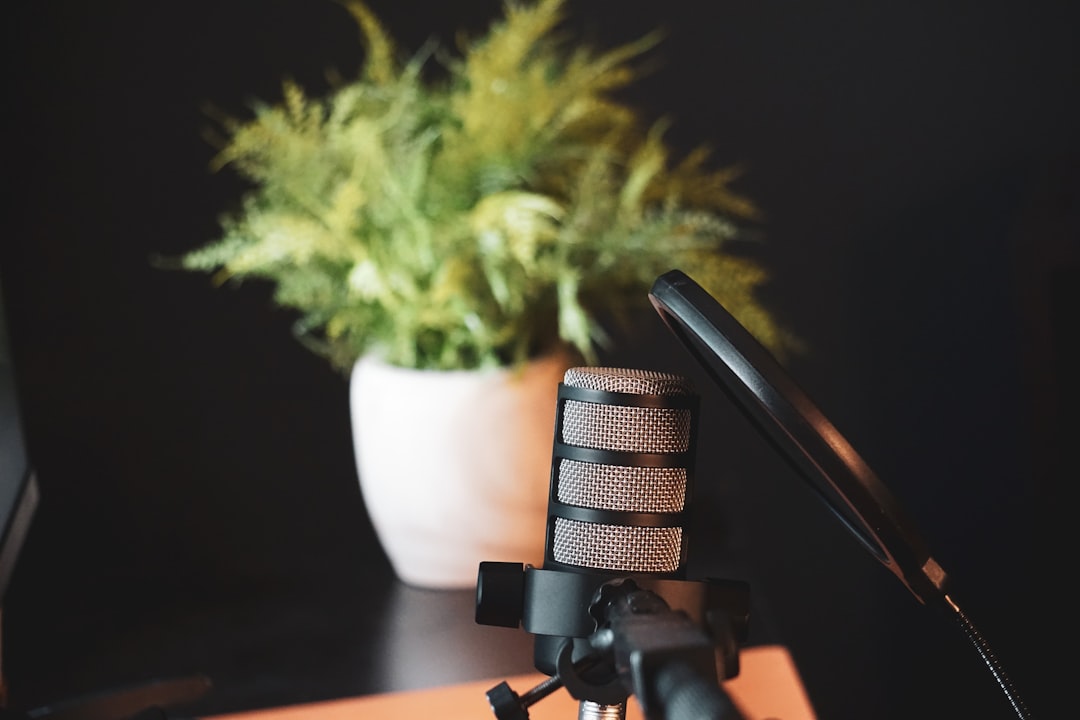
Remote Work Mastery Elevates Productivity for Digital Nomads
Discover how digital nomads turn travel into a productivity engine by mastering self-direction, adaptable workspaces, and proven tools, giving a clear roadmap to consistent high-quality results.
1 month ago
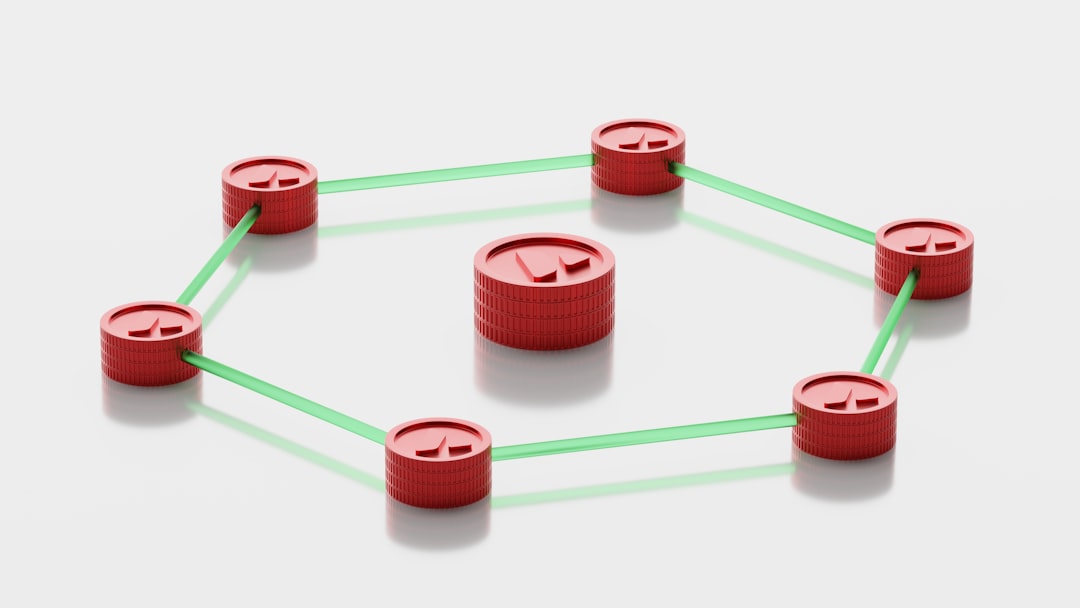
Unlocking Global Productivity Through Remote Coworking Hubs
Remote coworking hubs turn cities into productivity hotspots, giving digital nomads and distributed teams high speed internet, inspiring design, and vibrant networks that power global collaboration.
4 weeks ago
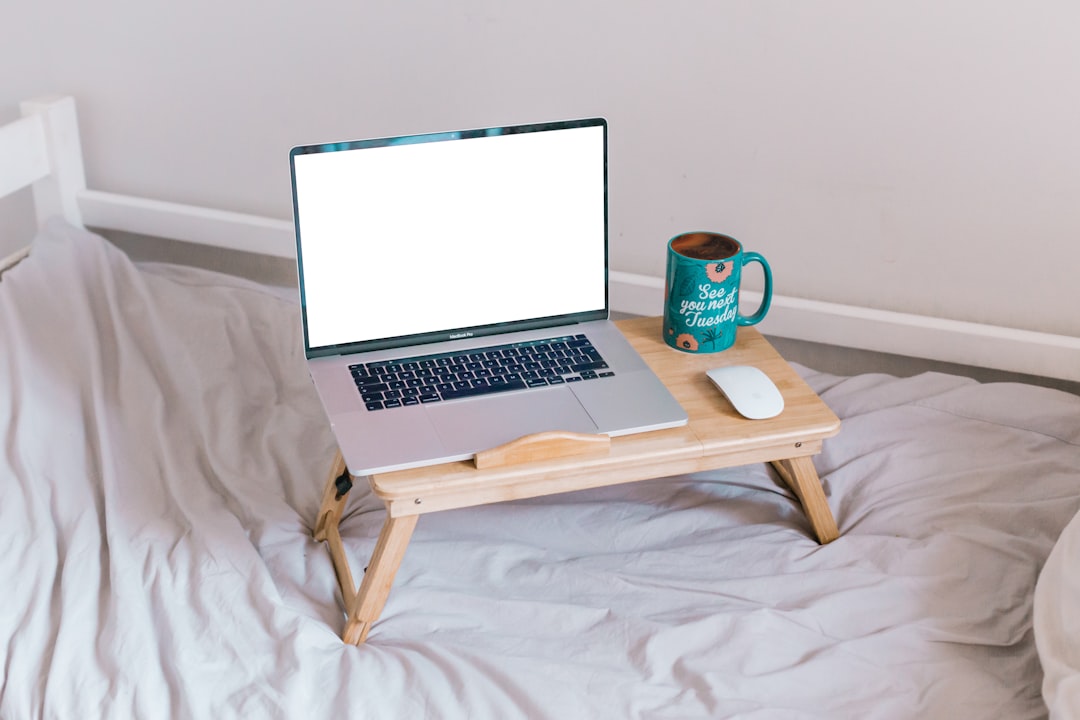
Ultimate Nomad Guide to Starting Your Journey
A step-by-step roadmap that turns wanderlust into a sustainable nomadic life, helping you shift mindset, master travel logistics, set up remote work, and join a supportive community with practical checklists.
1 month ago
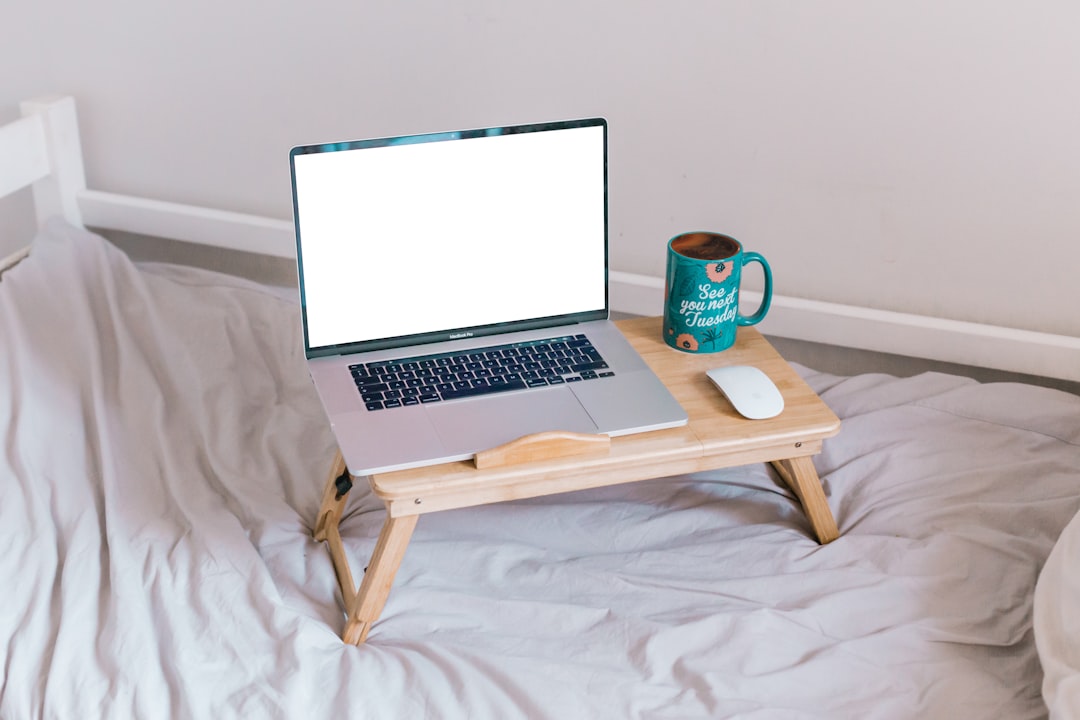
Remote Ready Insider Tips for Living in the Worlds Most Nomad Friendly Countries
Discover insider tips to thrive as a remote worker in the world’s most nomad-friendly countries, from choosing the right destination and visa to securing fast internet and navigating local culture.
1 month ago
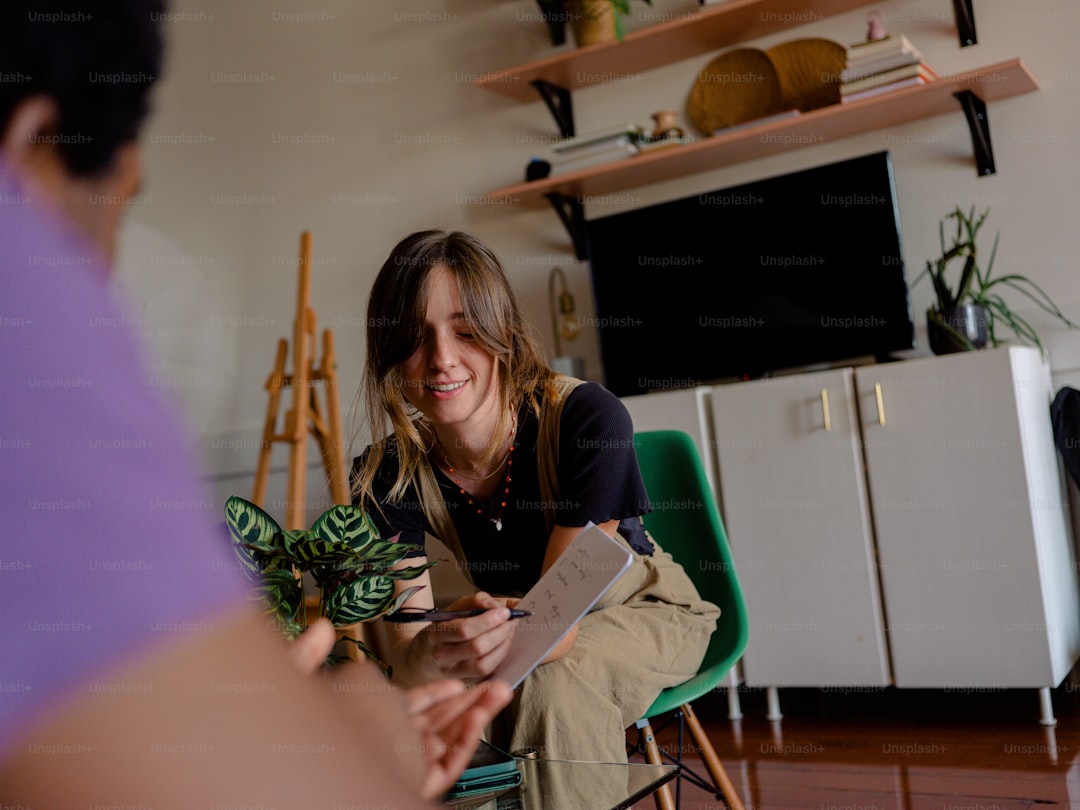
The Future of Workspaces From Home Offices to International Coworking
Discover how workspaces are evolving from home desks to global coworking hubs, the design and tech that boost productivity, and practical steps for individuals and companies to thrive in the new flexible work era
2 months ago
Latest Posts

Essential Software Every Remote Professional Should Use
Master remote work with essential tools: instant messaging like Slack, high definition video calls such as Zoom, and asynchronous voice apps. Streamline communication, stay connected and boost productivity.
1 day ago

Mastering Remote Work Productivity for Digital Nomads and Freelancers
Learn proven habits, tools, and tactics that help digital nomads and freelancers stay focused, deliver quality work, and maintain a sustainable lifestyle while traveling the world.
1 day ago

Tech‑Friendly European Towns Perfect for Remote Living
Discover Europe’s best small towns where fast internet, affordable living and vibrant tech communities let you work remotely while soaking up historic charm, lakeside views or mountain air.
1 day ago